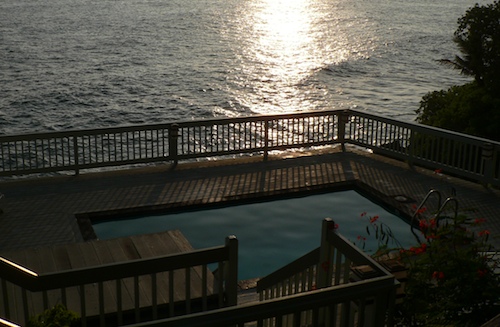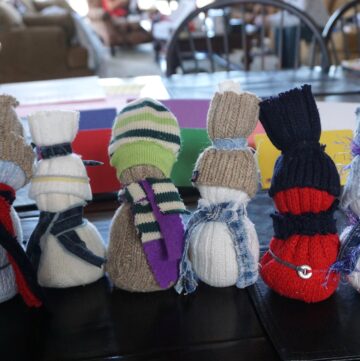Q: What does a drowning person look like?
A: Not much different from a person treading water.
No wonder that so many children drown with adults close by. Coast Guard Marine Safety Specialist Mario Vittone wrote a post, entitled Drowning Doesn’t Look Like Drowning, on his blog earlier this year. Due to the body’s instinctive focus on getting air, a drowning person will be upright in the water, arms pressing down on the surface, looking up and making no sound. They can only do this for 20-60 seconds before submerging completely.
He cites these chilling statistics:
Of the approximately 750 children who will drown next year, about 375 of them will do so within 25 yards of a parent or other adult. In ten percent of those drownings, the adult will actually watch them do it, having no idea it is happening (source: CDC).
Vittone quotes Francesco Pia, Ph.D., with whom he wrote an article on the issue for Coast Guard’s On Scene magazine in 2006, who defines the Instinctive Drowning Response:
- Except in rare circumstances, drowning people are physiologically unable to call out for help. The respiratory system was designed for breathing. Speech is the secondary, or overlaid, function. Breathing must be fulfilled, before speech occurs.
- Drowning people’s mouths alternately sink below and reappear above the surface of the water. The mouths of drowning people are not above the surface of the water long enough for them to exhale, inhale, and call out for help. When the drowning people’s mouths are above the surface, they exhale and inhale quickly as their mouths start to sink below the surface of the water.
- Drowning people cannot wave for help. Nature instinctively forces them to extend their arms laterally and press down on the water’s surface. Pressing down on the surface of the water, permits drowning people to leverage their bodies so they can lift their mouths out of the water to breathe.
- Throughout the Instinctive Drowning Response, drowning people cannot voluntarily control their arm movements. Physiologically, drowning people who are struggling on the surface of the water cannot stop drowning and perform voluntary movements such as waving for help, moving toward a rescuer, or reaching out for a piece of rescue equipment.
- From beginning to end of the Instinctive Drowning Response people’s bodies remain upright in the water, with no evidence of a supporting kick. Unless rescued by a trained lifeguard, these drowning people can only struggle on the surface of the water from 20 to 60 seconds before submersion occurs.
Read the entire post here. Stay safe.






Wow, I had no idea that is what drowning looks like. Very relevant post for the summer.